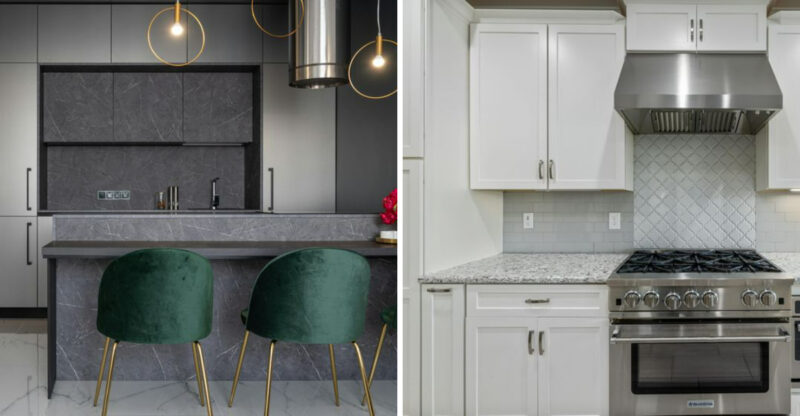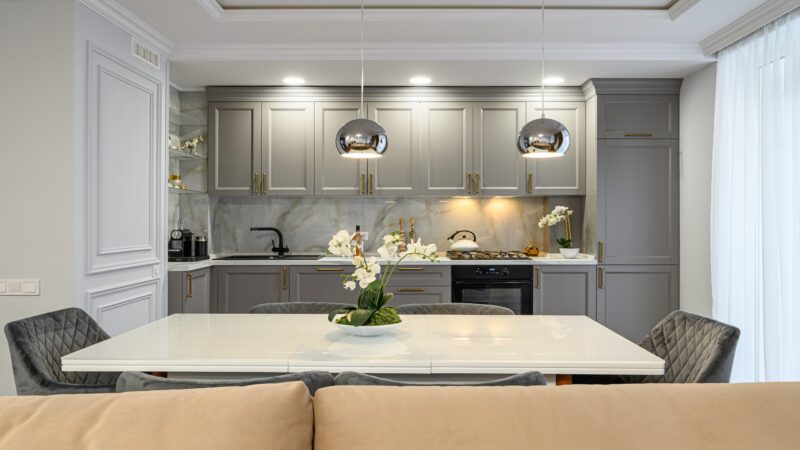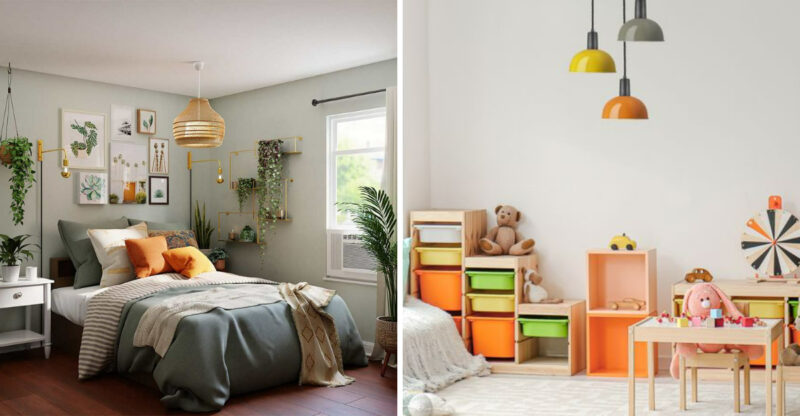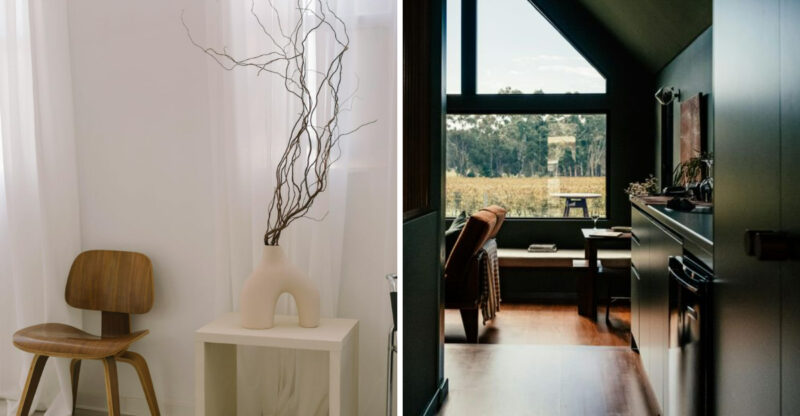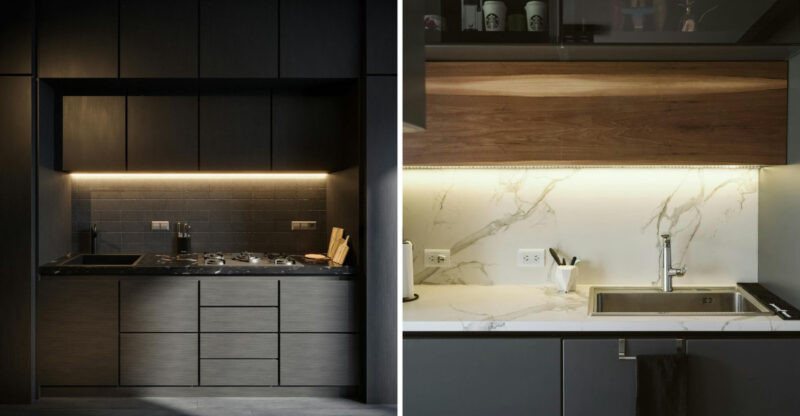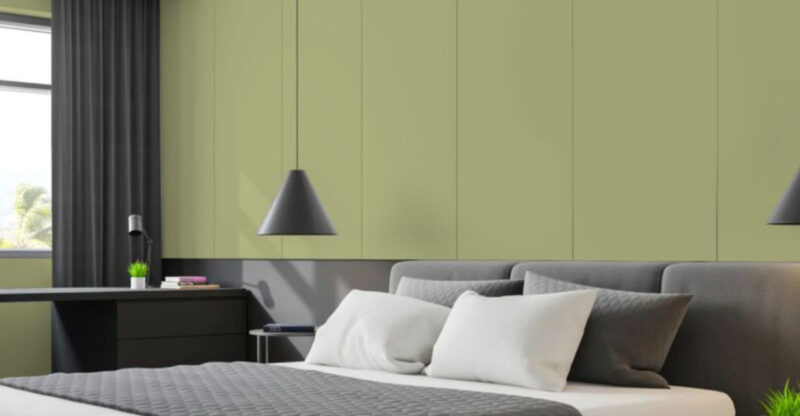9 Home Choices People Often Regret Interior Designers Share What They See Most
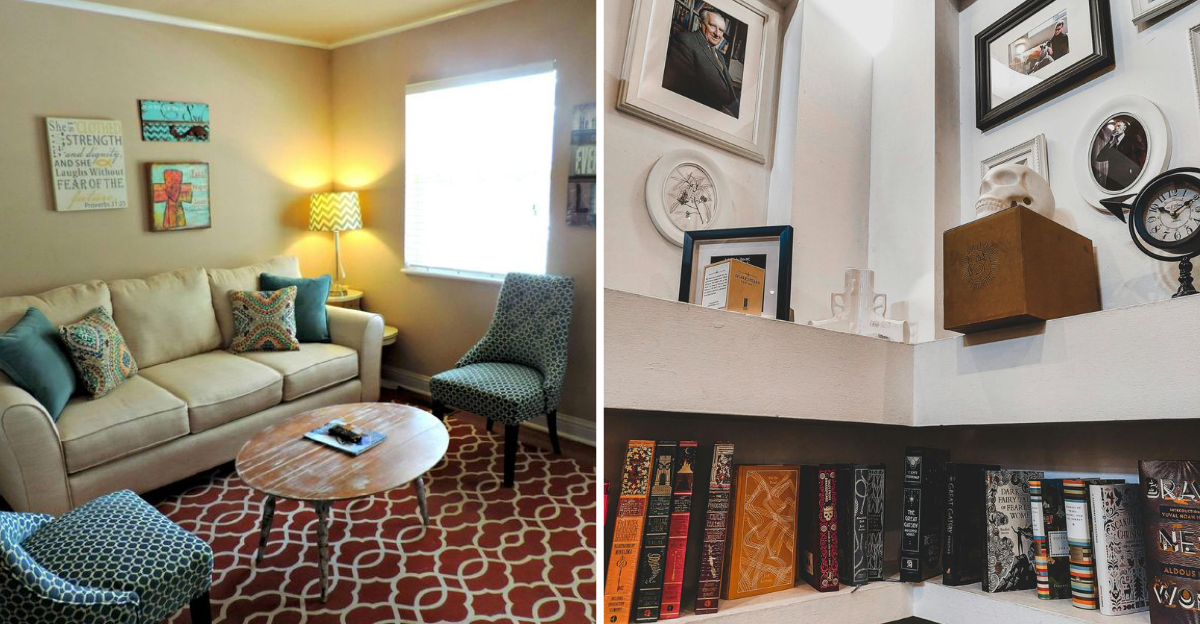
Ever stepped into a room and sensed that something just didn’t feel right? Many of us make design choices that seem smart initially, only to realize later they don’t quite work.
Interior designers encounter these missteps all the time, helping homeowners correct them. While every home is unique, these common pitfalls can serve as useful guidance but results may vary depending on your space, style, and personal preferences.
Here are the most frequent design mistakes to watch out for.
1. Excessive Pattern Mixing
Wild pattern combinations might look amazing in design magazines, but living with them daily often becomes visually overwhelming. Your brain never gets a place to rest when every surface competes for attention with bold stripes, florals, and geometrics all shouting at once.
Homeowners frequently report feeling anxious or unable to relax in spaces with too many competing patterns. The clash creates a busy atmosphere that works against the calming sanctuary most people want their homes to be.
Instead of abandoning patterns altogether, try selecting one statement pattern and complementing it with solids or subtle textures in coordinating colors. This approach gives you visual interest without the sensory overload that leads to pattern regret and expensive replacements down the road.
2. Cheap-Looking Flooring
Budget-friendly flooring often becomes one of the biggest regrets homeowners face. Those thin laminate planks that buckle after one water spill or vinyl that peels at the seams quickly transform from money-saver to eyesore.
The problem isn’t necessarily choosing budget materials it’s selecting the lowest quality within those categories. Even inexpensive flooring comes in varying grades, and the bottom tier rarely performs well over time.
Many designers recommend saving longer for better quality or choosing simpler designs in higher-grade materials rather than elaborate patterns in cheap versions. If budget constraints are real, focus quality flooring in high-traffic areas and save on spaces like guest rooms or closets where durability matters less.
3. Oversized Sectionals in Small Rooms
The allure of sprawling movie nights has convinced countless homeowners to squeeze massive sectionals into modest living spaces. While comfort is important, disproportionate furniture creates a cramped, claustrophobic feeling that’s hard to fix without starting over.
These oversized pieces often block natural pathways, cover windows, and leave no room for complementary furniture like side tables or reading chairs. The visual weight of a too-large sectional can make even a decent-sized room feel tiny and unbalanced.
If you’re furnishing a smaller space, consider apartment-scale furniture specifically designed for cozier rooms. Two smaller sofas or a loveseat paired with accent chairs often creates better flow while still providing plenty of seating. Remember that breathing room around furniture is just as important as the furniture itself.
4. Outdated Light Fixtures
Those brass chandeliers from the 90s or builder-grade flush mounts with yellowing glass domes date a room faster than almost any other element. Lighting is often called the jewelry of a room, and wearing outdated pieces creates an instant impression of neglect.
Many homeowners put off lighting upgrades because they seem complicated or expensive. However, light fixtures create focal points that draw the eye immediately when entering a space.
Updating even a few key fixtures particularly in entryways, dining areas, and over kitchen islands provides remarkable transformation for relatively modest investment. Modern lighting doesn’t have to be trendy or expensive; even simple, clean-lined fixtures in current finishes can dramatically modernize spaces while providing better illumination than their dated predecessors.
5. Heavy Drapes That Block Light
Thick, floor-length curtains in dark colors might seem cozy and luxurious in theory, but they often create gloomy, closed-in spaces that feel perpetually dark. Natural light is a precious commodity that impacts mood, productivity, and even home value.
Homeowners frequently regret installing window treatments that permanently dim their living spaces. These heavy treatments also collect dust and can make rooms feel stuffy or formal rather than welcoming.
Modern window treatment approaches favor layered solutions that allow flexibility perhaps sheer panels for daytime privacy with separate room-darkening options for bedrooms when needed. If you love dramatic window treatments, consider hanging curtain rods higher and wider than the actual window, then pulling panels back during daylight hours to maximize the natural light while still enjoying the decorative effect.
6. Poorly Chosen Area Rugs
Area rugs that are too small for the furniture arrangement or clash with the room’s color scheme rank among designers’ most-fixed mistakes. That 5×7 rug floating in the middle of a seating area with all furniture hovering around its edges creates an awkward, disconnected feeling.
Undersized rugs make rooms feel smaller and unanchored, while rugs with overpowering patterns can make a space feel busy and chaotic. The wrong rug choice affects the entire room’s cohesion.
When selecting an area rug, ensure it’s large enough for at least the front legs of all furniture to rest comfortably on it. For dining areas, the rug should extend at least 24 inches beyond the table edge all around so chairs remain on the rug when pulled out. Consider rugs as foundational pieces rather than afterthoughts they should be factored into your budget from the beginning.
7. Open Shelving Without Balance
Those Pinterest-worthy open kitchen shelves displaying perfectly matched dishes and artfully arranged cookbooks rarely translate to real-life functionality. Homeowners quickly discover that dust accumulates rapidly, and maintaining picture-perfect styling becomes an ongoing chore.
Without careful curation, open shelving often descends into visual chaos that makes kitchens feel cluttered rather than stylish. The constant exposure also means items need frequent washing even when unused.
If you love the open shelving look, designers recommend a balanced approach perhaps one or two open shelves for daily-use items combined with traditional cabinets for everything else. Another option is glass-front cabinets, which provide the visual lightness of open shelving while keeping dust at bay. Remember that open shelving works best when contents are carefully edited and consistently maintained.
8. Awkward Furniture Placement
Walking into a room where the sofa blocks the natural path or chairs face away from the conversation area creates immediate discomfort. Furniture placement mistakes happen when homeowners prioritize symmetry or pushing everything against walls rather than considering how people actually move through spaces.
This often results in unused areas in room centers while traffic patterns become obstacle courses around poorly positioned pieces. Function should always lead form when arranging furniture.
Before committing to a layout, try mapping the room on paper or using painter’s tape on the floor to outline where pieces will go. Then walk through the space, imagining everyday activities like carrying groceries, entertaining friends, or watching TV. Good furniture arrangement should feel intuitive, not like navigating a maze.
9. Too Many Trendy Items at Once
Filling rooms with all the latest design trends from shiplap walls to macramé hangings to industrial lighting creates spaces that quickly feel dated rather than timeless. Trend-heavy rooms often lack personal character and can feel like they’re trying too hard to be fashionable.
When multiple trendy elements compete in the same space, the overall effect becomes more showroom than home. These trend-saturated rooms also become expensive to update as styles inevitably change.
Design professionals suggest incorporating trends selectively through easily replaceable items like throw pillows, small accessories, or wall colors. Keep larger investments like furniture, flooring, and major fixtures in more timeless styles that won’t feel outdated in a few years. The most successful spaces blend some current elements with classic pieces and personal touches that reflect the homeowner’s authentic style rather than just what’s currently popular.

